and the distribution of digital products.
DM Television
Async vs Sync Benchmark (.NET): The Difference Between Asynchronous and Synchronous Methods
One of my favorite interview questions is “What do such words as async and await tell you?” because it opens up an opportunity to have an interesting discussion with an interviewee… Or it doesn’t because they float on this topic. In my opinion, it is drastically important to understand why we use this technique.
\ I feel like many developers prefer to rely on the “it is the best practice” statement and use asynchronous methods blindly.
\ This article shows the difference between asynchronous and synchronous methods in practice.
Tools- .NET Web API application (test target)
\
- 2 Azure SQL Databases
\
- 2 Azure App Service on Windows (hosts the application)
\
- Azure App Insights (to gather metrics)
\
- locust framework (to simulate user load).
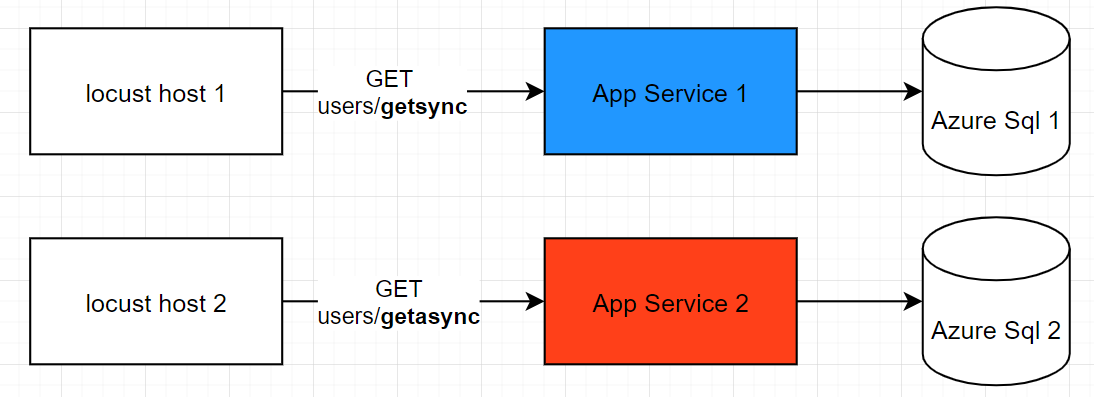
I will run a benchmark in the following way. Two independent locust instances are running on two machines. Locust instances simulate a user that does the following:
- The user from the locust host 1 hits the synchronous endpoint of the App Service 1, gets the response, and stays idle for 0.5–1 seconds (the exact time delay is random). Repeats till the end of the experiment.
\
- The user from the locust host 2 behaves precisely the same, with only one difference — he hits the asynchronous endpoint of App Service 2.
\ Under the hood, each App Service connects to its own database and executes a SELECT query that takes five seconds and returns a few rows of data. See the controller’s code below for references. I’ll use Dapper to make a call to the database. I’d like to draw your attention to the fact that the asynchronous endpoint calls the database asynchronously as well (QueryAsync).
\

\ It's worth adding that I deploy the same code to both app services.
\ During the test, the number of users grows evenly to the target number (Number of Users). The speed of growth is controlled by a Spawn Rate parameter (number of unique users to join per second) — the higher the number is, the quicker the users are being added. The spawn rate is set to 10 users/s for all experiments.
\ All experiments are limited to 15 minutes.
\ You may find machine configuration details in the Technical Details section of the article.
Metrics- requests per minute — shows the number of requests that the application actually processed and returned a status code.
- thread count — shows the number of threads the app service consumes.
- median response time, ms
\ The red lines refer to asynchronous, and the blue lines — to the synchronous endpoint, respectively.
\ That’s it about theory. Let’s start.
Experiment #1- number of users: 75 (per service)
\ We can see that both endpoints perform similarly — handling around 750 requests per minute with a median response time of 5200 ms.
\
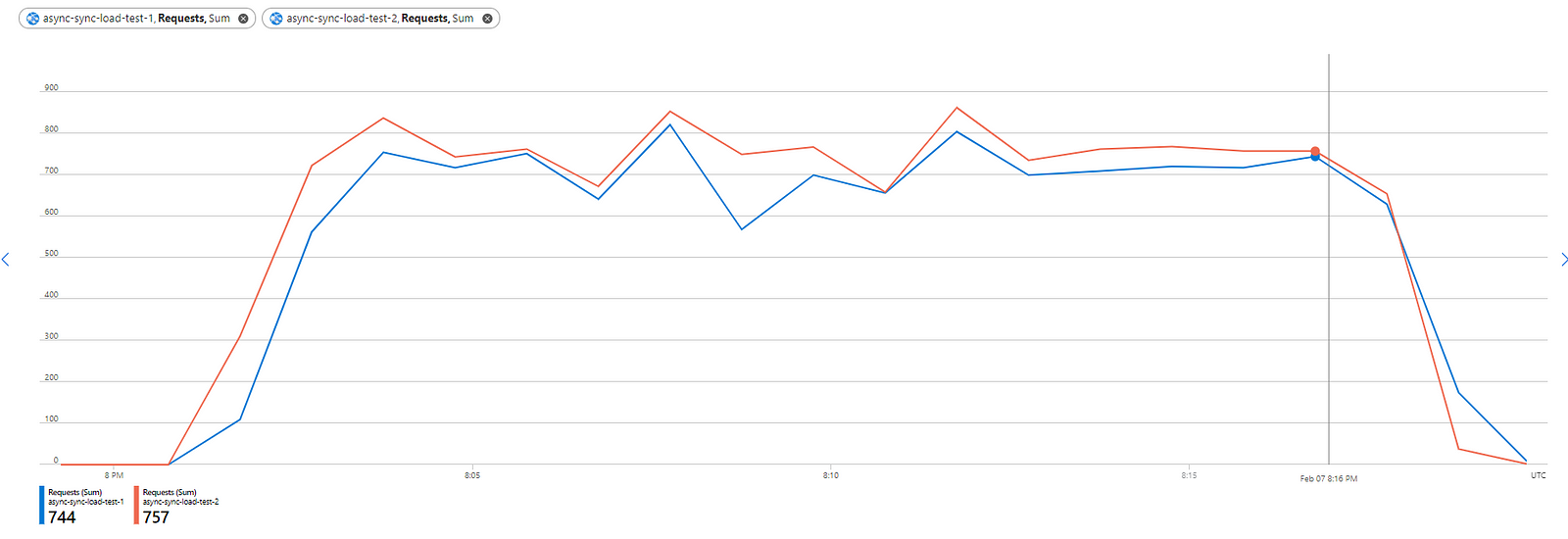
\ The most fascinating graph in this experiment is a thread trend. You can see significantly higher numbers for the synchronous endpoint (a blue graph) — more than 100 threads!
\
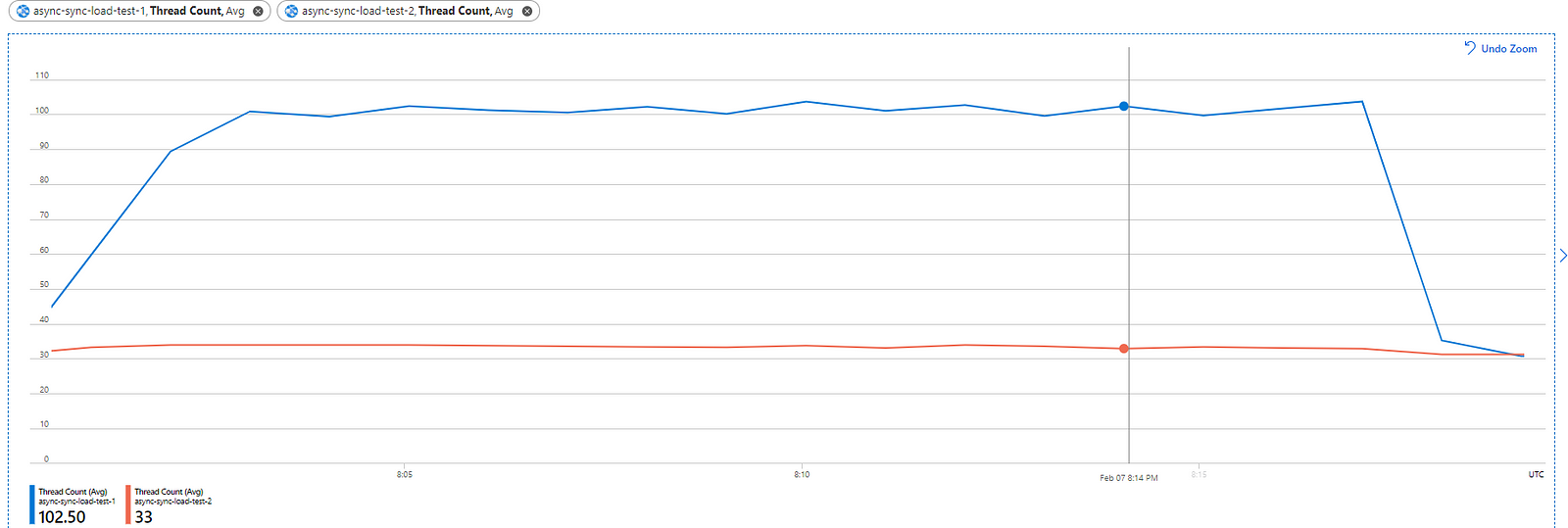
\ That’s expected, though, and matches the theory — when a request comes in, and the application makes a call to the database, the thread is blocked because it has to wait for a roundtrip to complete. Therefore, when another request comes in, the application has to produce a new thread to handle it.
\ The red graph — the asynchronous endpoint thread count— proves different behavior. When a request comes in and the application makes a call to the database, the thread returns to a thread pool instead of being blocked. Therefore, when another request comes in, this free thread is reused. Despite incoming requests growing, the application doesn’t require any new threads, so their count remains the same.
\ It’s worth mentioning the 3rd metric — median response time. Both endpoints showed the same result — 5200 ms. So, there is no difference in terms of performance.
\

\ Now, it is time to pull up the stakes.
Experiment #2- number of users: 150
\ We doubled the load. The asynchronous endpoint handles this task successfully—its request per minute rate floats around 1500. The synchronous brother eventually reached a comparable number of 1410. But if you look at the graph below, you will see that it took 10 minutes!
\ The reason is that the synchronous endpoint reacts to a new user's arrival by creating another thread, but users are being added to the system (just to remind you that the Spawn Rate is 10 users/s) quicker than the web server can adapt. That’s why it queued so many requests at the very beginning.
\
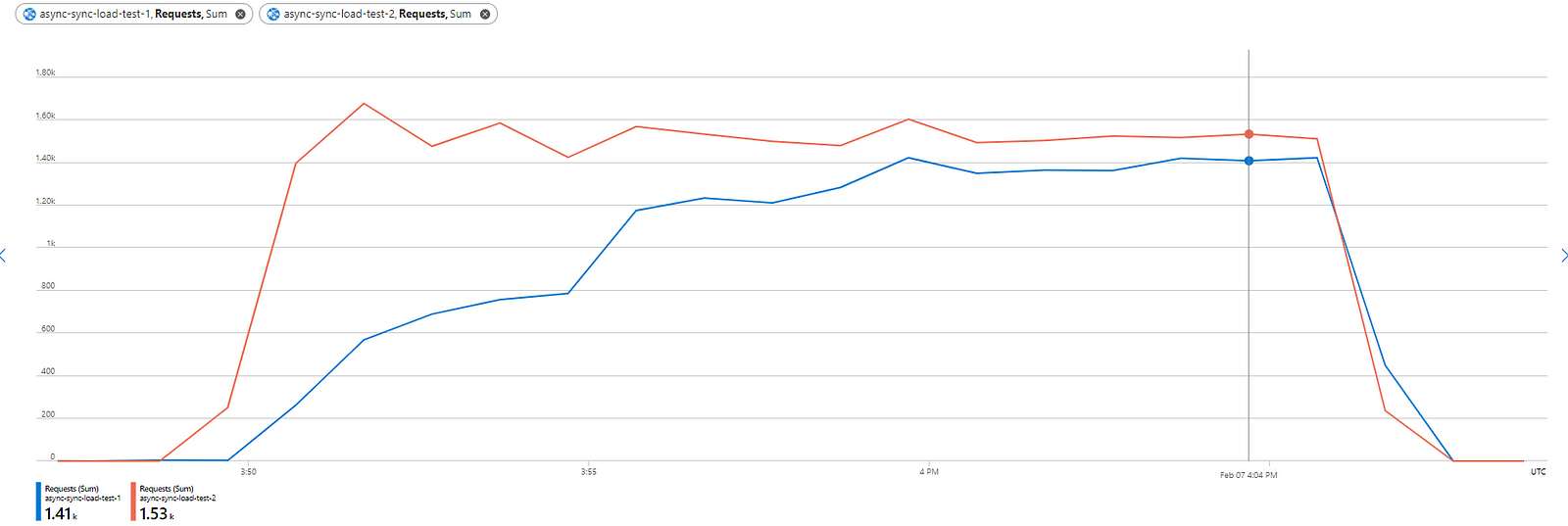
\ Unsurprisingly, the thread count metric is still around 34 for the asynchronous endpoint, while it increased from 102 to 155 for the synchronous one. The median response time degraded similarly to the request per minute rate — the synchronous response time was much higher at the beginning of the experiment. If I had kept the test for 24 hours, the median numbers would become even.
\

\
Experiment #3- number of users: 200
\ The third experiment is intended to prove trends revealed during the second one —we can see further degradation of the synchronous endpoint.
\

\
ConclusionUsing asynchronous instead of synchronous operations doesn’t directly improve performance or user experience. First, it enhances stability and predictability under pressure. In other words, it raises the load threshold so the system can process more before it degrades.
Appendix #1. Technical Details- Azure App Service: B1, 100 ACU, 1,75 Gb Memory, A-Series compute equivalent.
- Azure SQL Database: Standard S4: 200 DTUs, 500 Mb storage.
- SQL Connection settings: Max Pool Size=200.
To achieve the cleanest test result, I should have run tests from 2 VMs located in the same network where the target App Services sit.
\ However, I assumed that a network lag would impact both apps in a more or less similar way. Therefore, it cannot jeopardize the main goal — comparing how asynchronous and synchronous methods behave.
Appendix #3. Bonus ExperimentWhat did I hack to force the synchronous endpoint to perform almost as asynchronous and plot the graph below (experiment conditions are the same as in the third one — 200 users)?
\
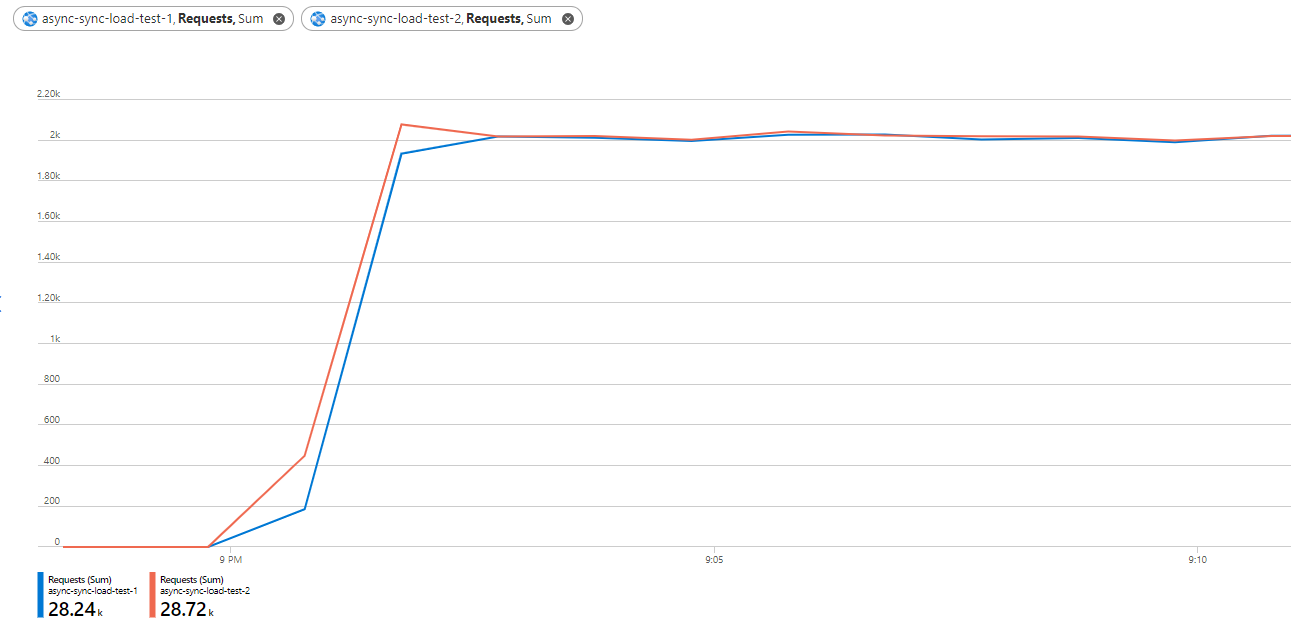
\
- Home
- About Us
- Write For Us / Submit Content
- Advertising And Affiliates
- Feeds And Syndication
- Contact Us
- Login
- Privacy
All Rights Reserved. Copyright , Central Coast Communications, Inc.